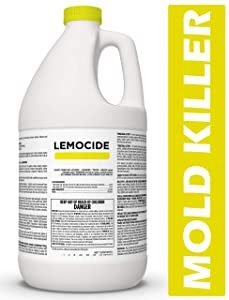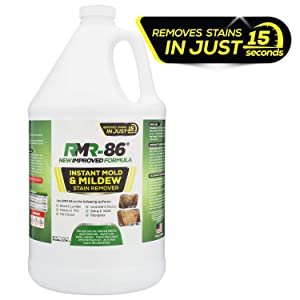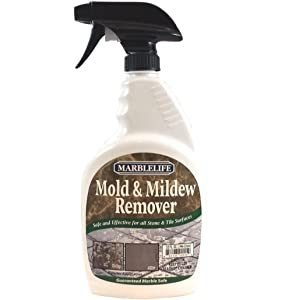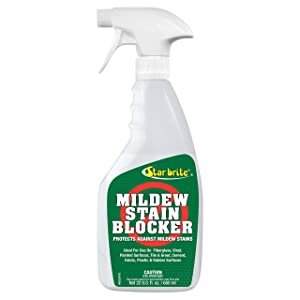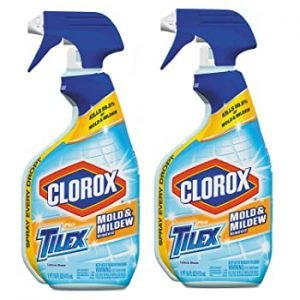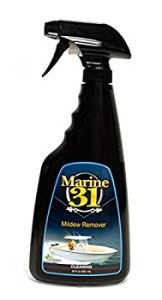How to Clean Fish Tank Rocks: Regular cleaning is crucial when it comes to maintaining an aquarium. It would be best if you even cleaned the rocks in your aquariums, as they can be covered with algae and debris. Algae cover the surface of the aquarium when the water is not completely clean, or something in the dimension of the tank or maintenance is irregular. Eventually, the dirt will be turned into microbial contamination, causing severe damage to the fish and degrading the water quality.
Some general steps to prepare rocks for an aquarium
Rocks are known to harbor various contaminants, including viruses, bacteria, parasites, and pollutants. The hardest part of building tanks is figuring out which rock type is best for the setup you have. The objective is to find neutral rocks so that they do not cause sudden changes in water parameters. An increase in water hardness or a drastic fluctuation in your pH level can cause a significant imbalance in your tank, causing negative reflections on your pet fish. Increased stress levels in fish will likely make them ill. Many types of rocks are safe for fish and aquarium invertebrates. When assembling your hardscape, select the suitable stone for your type of aquarium and sanitize them correctly, rinsing well under running water and sterilizing it under the sun or in the oven until it is completely dry, thus getting rid of possible aquatic pathogens.
Cleaning decorations and rocks
Clean the inside of the glass to remove debris and other materials, such as signs of algae; if the surface is dirty, it should be cleaned. Never use soap or other products, it can be challenging to remove the soap, and the same traces can harm your entire aquatic system. Rocks and driftwoods are bleached to remove algae from them. However, plant roots do not tolerate bleaching. To bleach live plants, add a 5 percent bleach solution to a room with the plants, and a 2-3 minute bath, then rinse thoroughly before placing the plants in the aquarium. Do not place them in the aquarium until there are no more chlorine odors.

Safe rocks to prepare for freshwater aquariums
The rocky soil is colonized by bacteria that benefit the health of the aquarium, mainly those responsible for biological filtration. Rocks were created by nature containing infinite grains of minerals and a certain amount of porosity. Although the stone is considered safe for use in an aquarium, there may be minerals that would make it potentially dangerous for the aquarium’s life. You can find some fascinating textured freshwater rocks online.
How often should you Clean Fish Tank Rocks?
Gravel can quickly cause an explosion of pollutants when the tank is overcrowded with waste if you overfeed your pet. If you have a densely planted tank, you can stop vacuuming gravel once a week but do so at least once a month. Try changing your water weekly. Decaying plant leaves in the gravel are not at risk, so dead plants and decay are not causing problems. Gravel is necessary even if you don’t have enough fish – and some species cause a lot of waste – like goldfish and Oscars.
Cleaning fish tank rocks
You must carefully clean even the smoothest rock before sterilization. Any porous or damaged rock or rock requires extra cleaning. Soap cannot be used in this situation. Soap residues are difficult to remove and can also be dangerous to aquarium fish. The next stage in the rock preparation process is to get rid of bacteria or microorganisms deposited on the rocks.
Safe rocks to prepare for saltwater aquariums
Live rock or dry rock is made up of coral fragments that emerge from the underwater coral reef. This type of rock is usually collected in deep water. They are called live rocks because they create excellent habitats for beneficial bacteria, invertebrates, and lots of marine life.
Why it’s essential to clean fish aquarium rocks.
Fish food scraps, fecal matter, and decaying plant matter can become trapped in your aquarium’s gravel substrate. Leaving this debris exposed is known to create a hostile condition in fish that can endanger and kill them. Because of this, you must carry out the correct cleaning periodically.
Where can I find rocks for my aquarium?
To get rocks safe for aquarium, you want to know where they came from. Ask the seller for all information about the stone, the place of origin, if it is of limestone origin, if anything changes in the chemistry of the water, etc. If you choose to collect, use common sense and always sanitize correctly before placing them in the aquarium.
How should I clean my rocks?
For preparation rocks, for aquarium, you must use fish-free vacuumers and a little time. The task of cleaning and sterilizing the stones is impossible to avoid. A fish-safe water cleaner and time wasted will be needed if you’re preparing the aquarium.
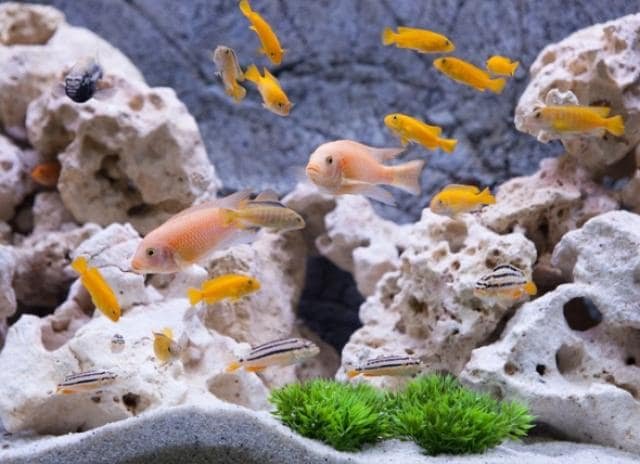
Rocks You Shouldn’t Put In An Aquarium.
Some rocks can potentially leak toxic chemicals into your aquarium or negatively affect the water’s biochemical balance.
Calcites
Calcium carbonate released by the mineral calcite can increase water hardness. In some situations, it also causes water to change pH. More resistant fish with more challenging water may never be affected by the addition of calcite. But for more sensitive fish in softer, acidic waters, it can kill sensitive fish. It’s not worth adding calcite rocks to your aquarium as – calcite rocks tend to decompose slowly over time.
Rocks that were kept in other treated tanks
Rocks in an aquarium where the medicine was used to treat fish should not be reused in other tanks. Porous rocks could retain some chemicals for a very long time and are easily absorbed by the new aquarium.
Rocks from contaminated waters
You can clean and sterilize stones to some degree, But fish-safe disinfectants won’t remove traces of dangerous contaminants. It is safe not to have any salt or debris collected in the wild in an aquarium.
Rocks that crumble easily
Sedimentary rock is the one that will generally crumble when submerged for long periods. Even if the rocks look fantastic when you collect them, they should always crumble apart in your aquarium.
Sharp-edged rocks
Stones have rough edges and can cause fish damage in your tank. Avoid adding such types of rocks to fish tanks or fish that have long flowing fins.
Rock with visible specks of metal or rust
Metal deposits embedded in stone can become impractical. Don’t put stones with visible tin in them; it’s a vast hazard too.
How do I test rocks for fish tank safety?
Before adding the chosen rock, you can test it to see if it could be harmful to your tank. The limestone and granite remnants are a ruined disaster that is about to happen.
Test carbonate content
One way to check calcium carbonate content on rock is to splash with vinegar. Unless the stone is calcite, the reaction can quickly become apparent. Don’t worry about washing the rocks and their sterilization because they are safe for marine use. The rock surface will be swollen through an enzyme reaction between vinegar and calcium.
Crumble test
A crumble test is also essential to keep the rock you collected out of your aquarium from deteriorating. Fill a container with old tanks of water and soak the stones for 24 hours. If they remain unspoiled after the soak, they should always be safely kept in an aquarium.
Test porosity
If you add rocks to your tank to give nitrifying bacteria a chance to grow in volume and spread, you should choose rocks with greater porosity. In visual terms, porous stones are darker in rough areas and dry faster than smooth rocks when wet.
Test water parameters
The only way to know if something is going to affect fish is to test the water that comes out of the tap with the water in contact with the rocks and compare the result.
Cleaning the inside glass
A wide range of aquarium glass cleaning products is available on the market, from long-handled scrapers to magnetic scrapers. Buy algae remover pads at pet stores. Pay attention to edges and places that may be scratched or brittle.
Outside glass and fixtures
Regular glass cleaners products contain ammonia toxic to fish. Standard lime cleaners are much more toxic. It is highly recommended to use vinegar or a safe aquarium cleaner. Always wipe away the surface with a clean damp cloth. Wipe the dust and the dirty from light and glass.
Siphon to clean aquarium gravel
There is a lot of accumulation of dirt and bacteria; to clean it correctly, we must aspire to it with the aid of a siphon. The water collected with the dirt is discarded, replaced by freshwater, without chlorine, and with the same physical and chemical standards as the water in the aquarium. A water change of around 30% weekly will bring numerous benefits to your tank. Remember to unplug the heater and other equipment before changing the water, thus avoiding failures and malfunctions. Do a thorough vacuum job over the entire substrate, paying particular attention to the dirtiest areas. Replacement water has the same temperature as the aquarium water, ensuring it is the same as the replacement water you will use during the change.
Do you have to wash aquarium gravel?
The least you should do is remove food and dirt from the substrate. Failing to clean the gravel can make the water slower and dirty, requiring more frequent cleaning. Algae thrive in muddy gravel, accompanied by a rotten egg odor from pockets free of excess oxygen around the compact stone. Therefore, clean the rock to remove dirt and break up the small holes in the packed gravel. Alternatively, aerated calculations can help reduce water movement. Use a stone in the air to improve the flow of water in the tank.
Healthy and happy community aquariums require clean, safe environments.
If you suddenly remove rocks, driftwood, and substrate from your tanks, you risk losing valuable colonies that neutralize animal waste. Remove hardscape and substrate only in case of disabling or modifying the entire aquarium. The correct way to proceed with the cleaning is not to remove anything, not even the fish. The windows will be cleaned with the help of a special cleaner, the substrate using a siphon, and rocks and other objects manually.

![[Care Tips] The 20 Best Algae Eaters For Your Freshwater Tank Best Algae Eaters For Your Tank](https://aquariumhunter.com/wp-content/uploads/2021/09/whiptail-catfish.jpg)

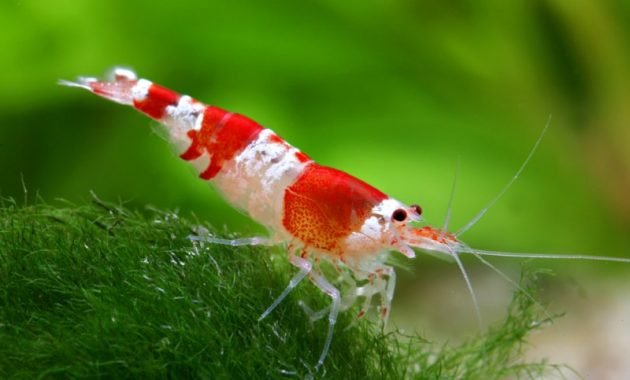



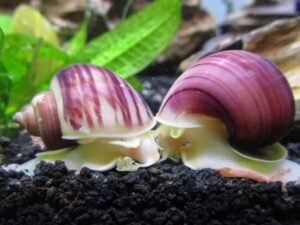









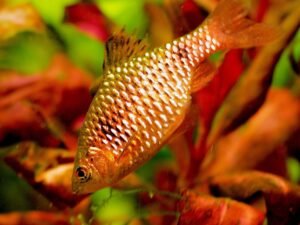

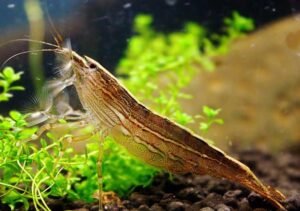

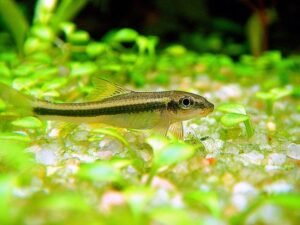

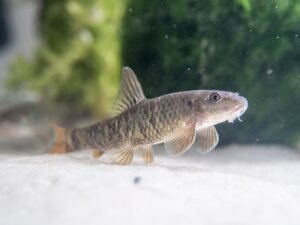


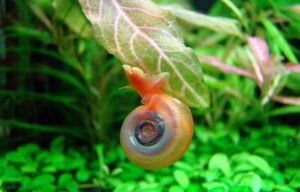










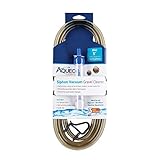
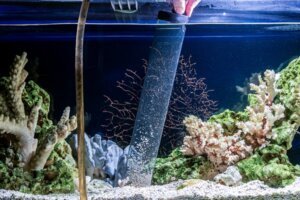
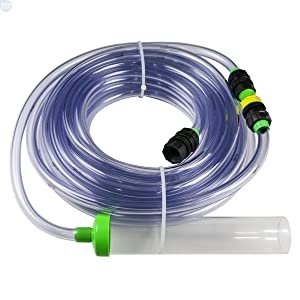




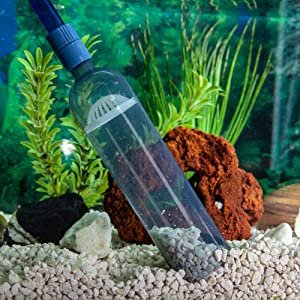


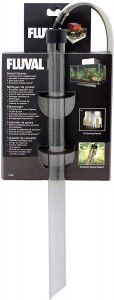



![[Updated 2023] Top 10 Best Aquarium Magnet Cleaner For Use On Glass & Acrylic Tanks [Updated 2023] Top 10 Best Aquarium Magnet Cleaner For Use On Glass & Acrylic Tanks](https://aquariumhunter.com/wp-content/uploads/2021/06/Best-Aquarium-Water-Conditioner-Review-2.png)




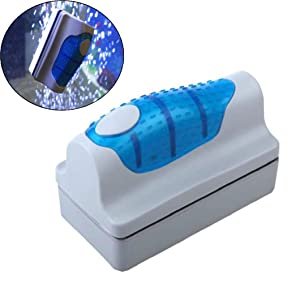


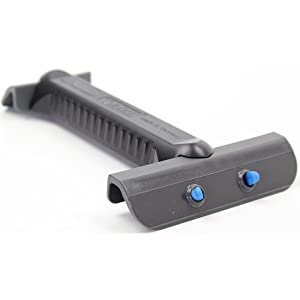
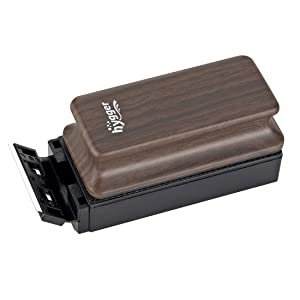

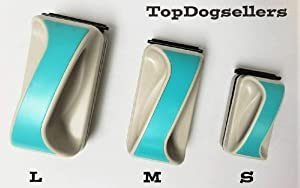






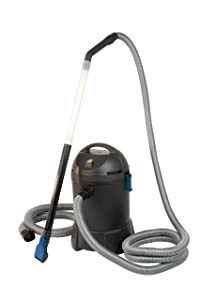

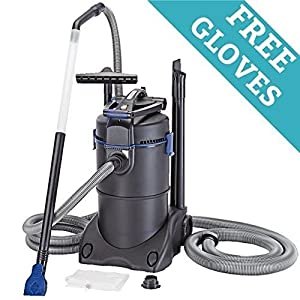

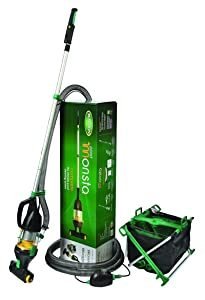
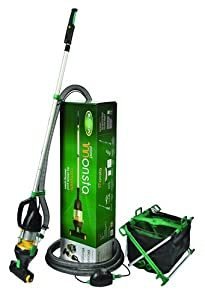

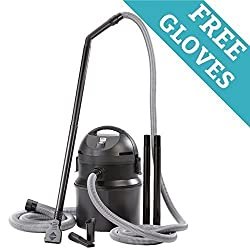
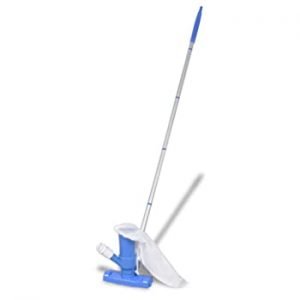

![Top [2023] 10 Best Mold and Mildew Removers For Every Surface Top [2023] 10 Best Mold and Mildew Removers For Every Surface](https://aquariumhunter.com/wp-content/uploads/2021/03/71RY0a5XpdL._SL350_.jpg)




